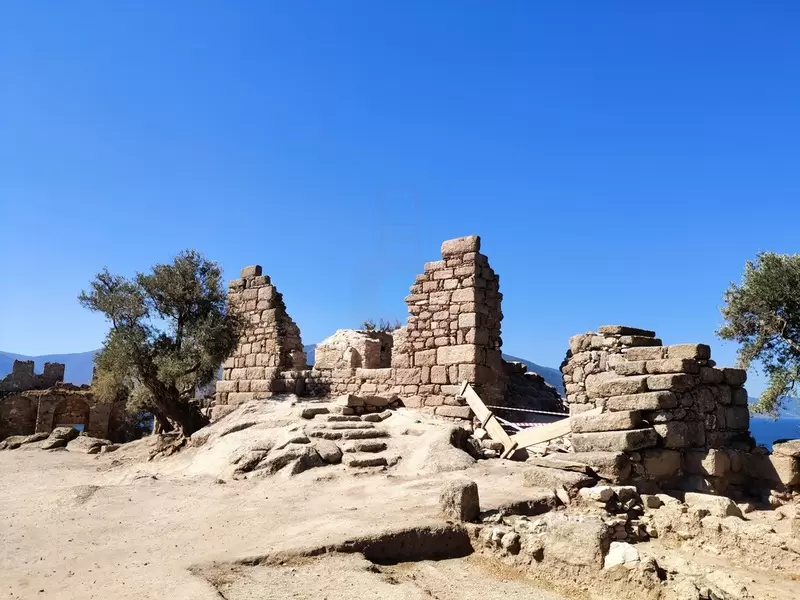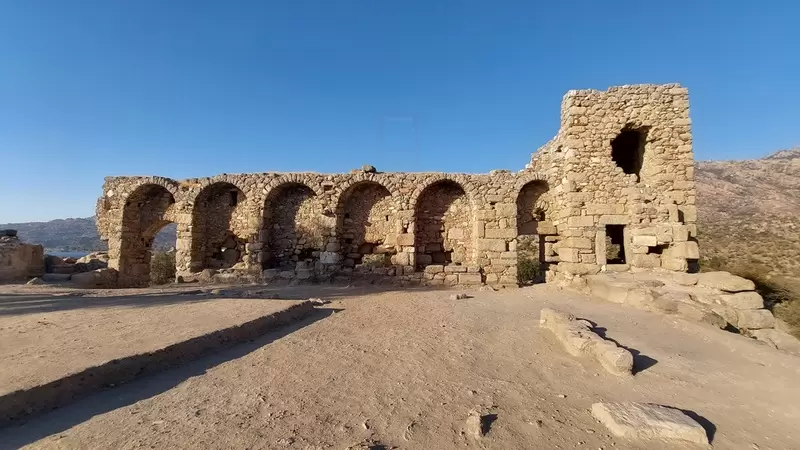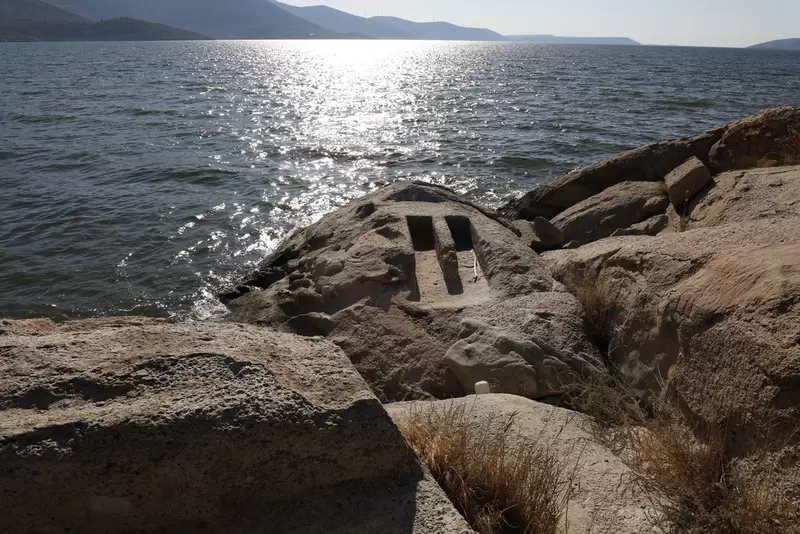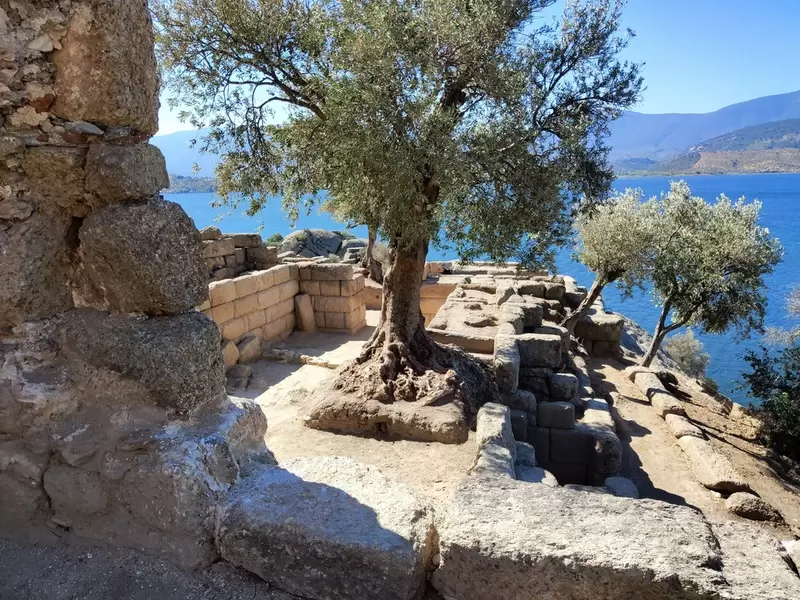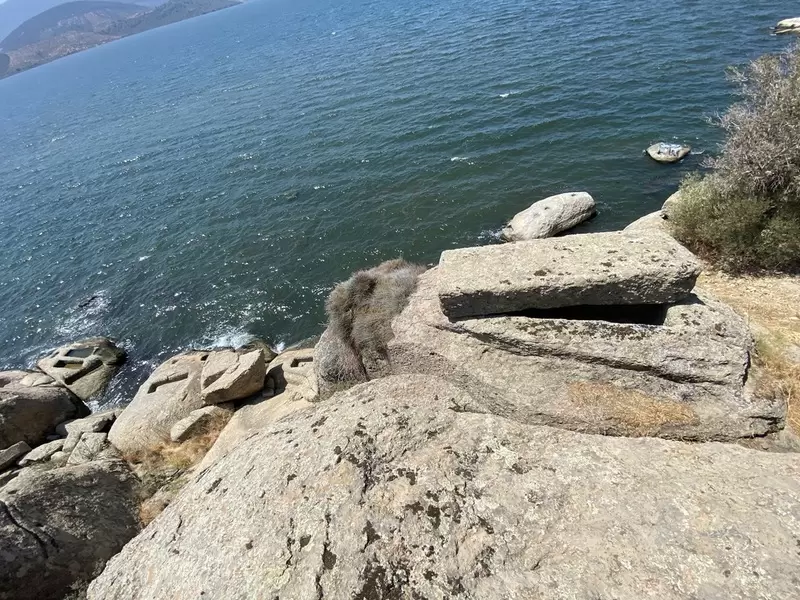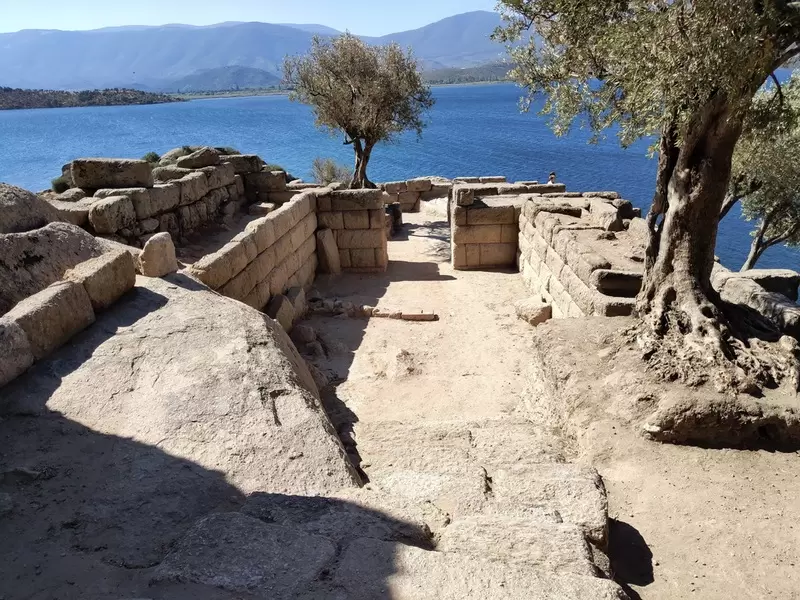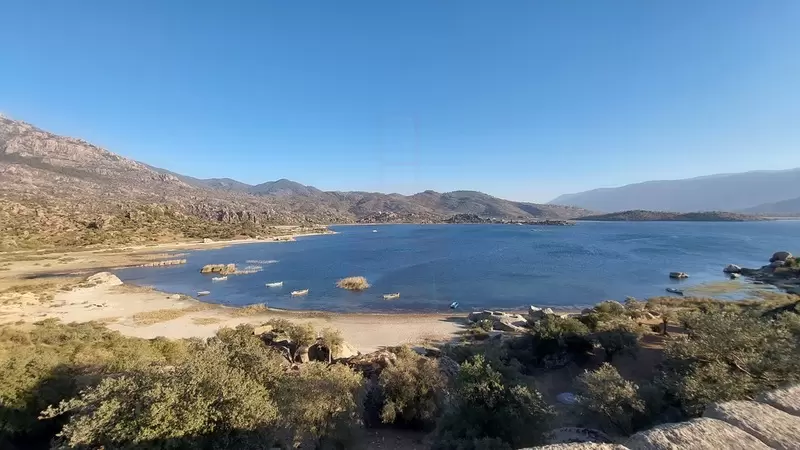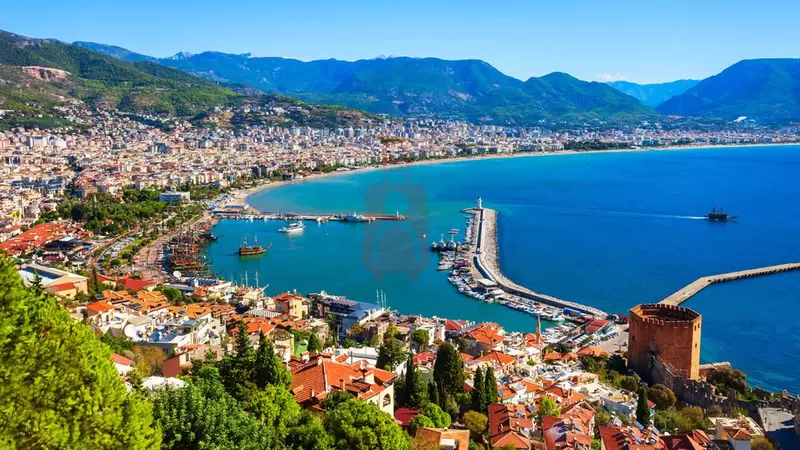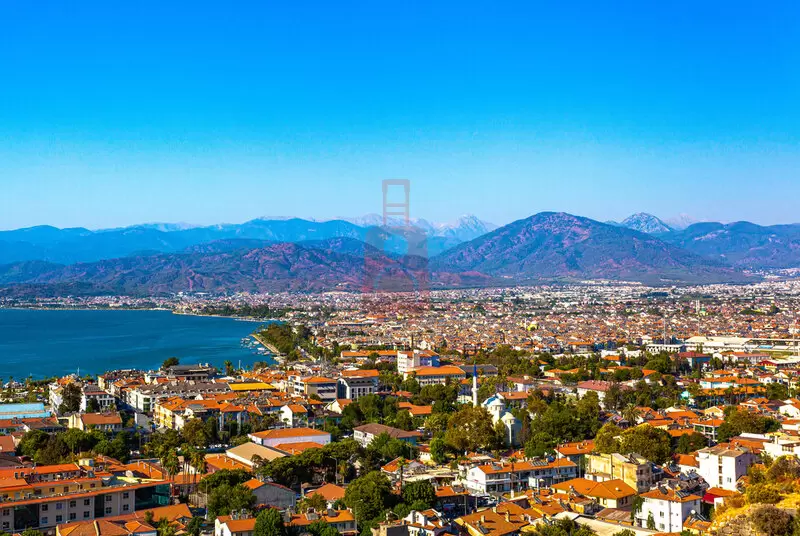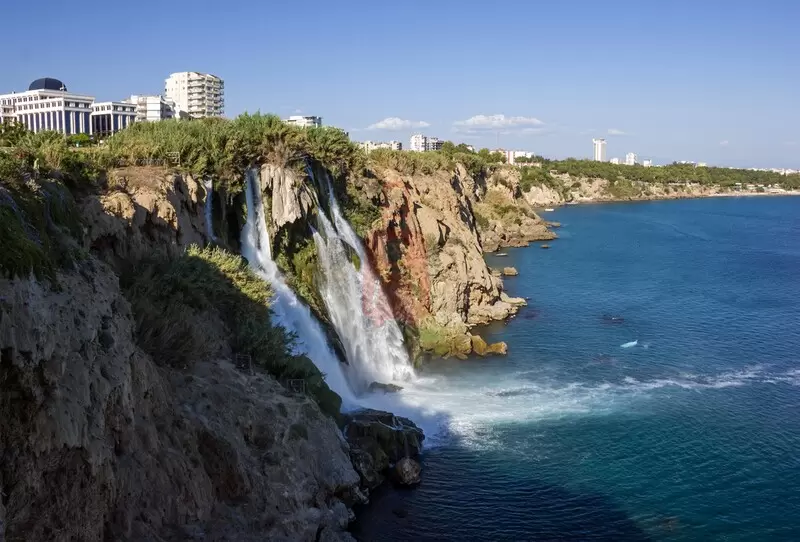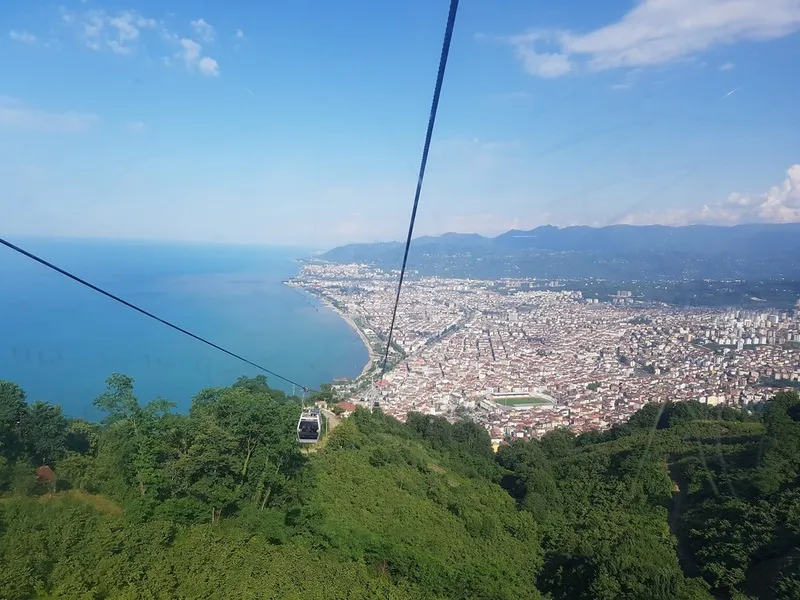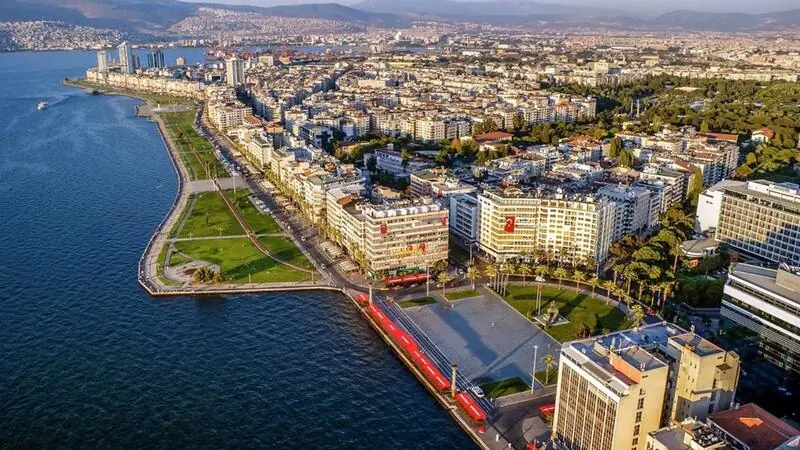
Welcome to Latmus Ancient City! Situated in southwestern Turkey, Latmus is an archaeological site that offers a fascinating glimpse into the ancient world and the historical heritage of the region. Latmus, also known as Heracleia or Heracleia under Latmus, is an ancient city located in western Turkey, near the modern village of Kapıkırı. It is situated in the Muğla Province, approximately 34 kilometers south of the town of Milas. With its scenic beauty, rich history, and well-preserved ruins, Latmus Ancient City provides a captivating destination for history enthusiasts and travelers seeking to explore the wonders of antiquity. To reach Latmus, you can fly into Milas-Bodrum Airport, which serves both domestic and international flights. From Milas, you can hire a car or take a taxi to reach the ancient city. The site is easily accessible by road, and there are signs directing visitors to the archaeological site.
Historical Background:
Latmus, also known as Heracleia under Latmos, was an ancient Greek city located in the region of Caria.
Latmus dates back to ancient times and was inhabited by various
civilizations throughout its history. It was particularly prominent
during the Hellenistic and Roman periods. The city was named after the
son of Poseidon and Leucippus, and it played a significant role in the
region's trade and cultural exchanges. It flourished during the Hellenistic period, and later came under Roman rule. The city was named after the nearby Mount Latmus, which holds mythological and religious significance in ancient Greek mythology.
Historical Significance:
Latmus holds historical significance and offers insights into the ancient world. Some notable aspects of the city include:
-
Architecture and Urban Planning: Latmus showcases impressive architectural remains, including city walls, temples, houses, and public buildings. The city was known for its well-planned urban layout, featuring intricate street networks and public spaces.
-
Sacred Sites: Latmus was home to several sanctuaries and religious structures dedicated to various gods and goddesses. The Temple of Zeus Stratios, the Temple of Apollo, and the Temple of Hecate were among the significant religious sites in the city.
-
Cultural and Intellectual Life: Latmus flourished as a center of culture and intellectual pursuits. It was known for its poets, philosophers, and scholars. The city attracted renowned figures from the ancient world, contributing to its cultural vibrancy.
Archaeological Highlights:
Exploring Latmus Ancient City allows visitors to discover several remarkable archaeological highlights that showcase its historical significance:
1. City Walls: The ancient city of Latmus was fortified with sturdy walls, some of which are still visible today. These walls served as a protective barrier for the city, offering insights into the defensive strategies employed during ancient times.
2. Temple of Zeus Stratios: The Temple of Zeus Stratios was a significant religious sanctuary in Latmus. Though now mainly in ruins, the remains of the temple provide clues about the architectural style and religious practices of the time.
3. Theater: The ancient theater of Latmus is one of the city's prominent structures. Built into the hillside, it once hosted theatrical performances and communal gatherings. Exploring the theater allows visitors to appreciate the acoustic design and marvel at the panoramic views of the surrounding landscape.
4. Necropolis: Like many ancient cities, Latmus had a necropolis—a burial ground where the deceased were laid to rest. The necropolis of Latmus offers insight into the funerary customs and beliefs of the ancient inhabitants.
Visiting Latmus Ancient City:
Visiting Latmus provides an opportunity to explore the archaeological
remains of an ancient city and immerse yourself in its historical
significance.
When you visit Latmus, you can wander through the ruins, observing the well-preserved structures and architectural elements. You can explore the city walls, temples, and other remnants, imagining the grandeur and daily life of the ancient inhabitants.
It's advisable to wear comfortable shoes suitable for walking on uneven terrain, as the site may have gravel or rocky paths. Don't forget to bring sun protection, as the site may be exposed to sunlight.
While in the Muğla Province, you can also explore other nearby attractions, such as the ancient city of Didyma, known for its Temple of Apollo, and the coastal town of Bodrum, with its historical sites and vibrant atmosphere.
Visiting Latmus Ancient City allows you to connect with the ancient past and appreciate the architectural and cultural heritage of this once-thriving city. You can gain insights into the ancient world and the role Latmus played in the region's history.
Visiting Tips:
- Latmus Ancient City is located in the region of Caria, in southwestern Turkey. It is advisable to research and plan your visit in advance, as the site may have specific visiting hours and access restrictions.
- Wear comfortable shoes suitable for walking on uneven terrain, as the ancient city may have rocky pathways and ruins to explore.
- Consider bringing water, snacks, and sun protection, as amenities may be limited in the vicinity.
Nearby Attractions:
While visiting Latmus, you can also explore other attractions and points of interest in the region:
- Didyma: Located nearby, Didyma is home to the ancient Temple of Apollo, renowned for its colossal Ionic columns. The temple was an important religious site in ancient times and is a captivating destination for history and architecture enthusiasts.
- Bodrum: Situated a short distance away, the vibrant coastal town of Bodrum offers a mix of historical sites, including the Castle of St. Peter and the Mausoleum at Halicarnassus, as well as beautiful beaches, lively markets, and a bustling marina.
In conclusion, a visit to Latmus Ancient City provides a unique opportunity to delve into the history and cultural heritage of the region. Immerse yourself in the remnants of this ancient city, appreciate its architectural marvels, and envision the lives of its past inhabitants.
Please note that archaeological sites can vary in terms of accessibility, facilities, and ongoing restoration or excavation work. It's advisable to check for the latest information and guidelines from official sources before planning your visit to Latmus Ancient City.
